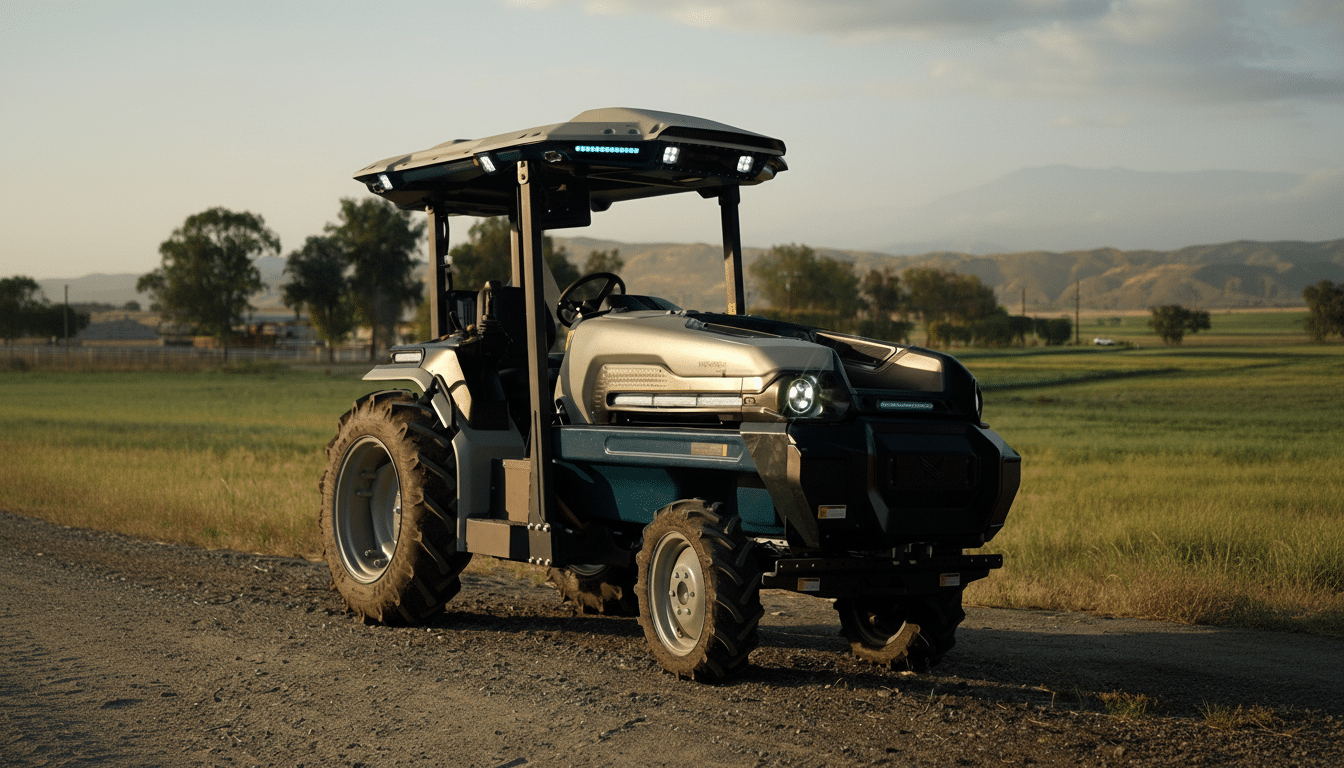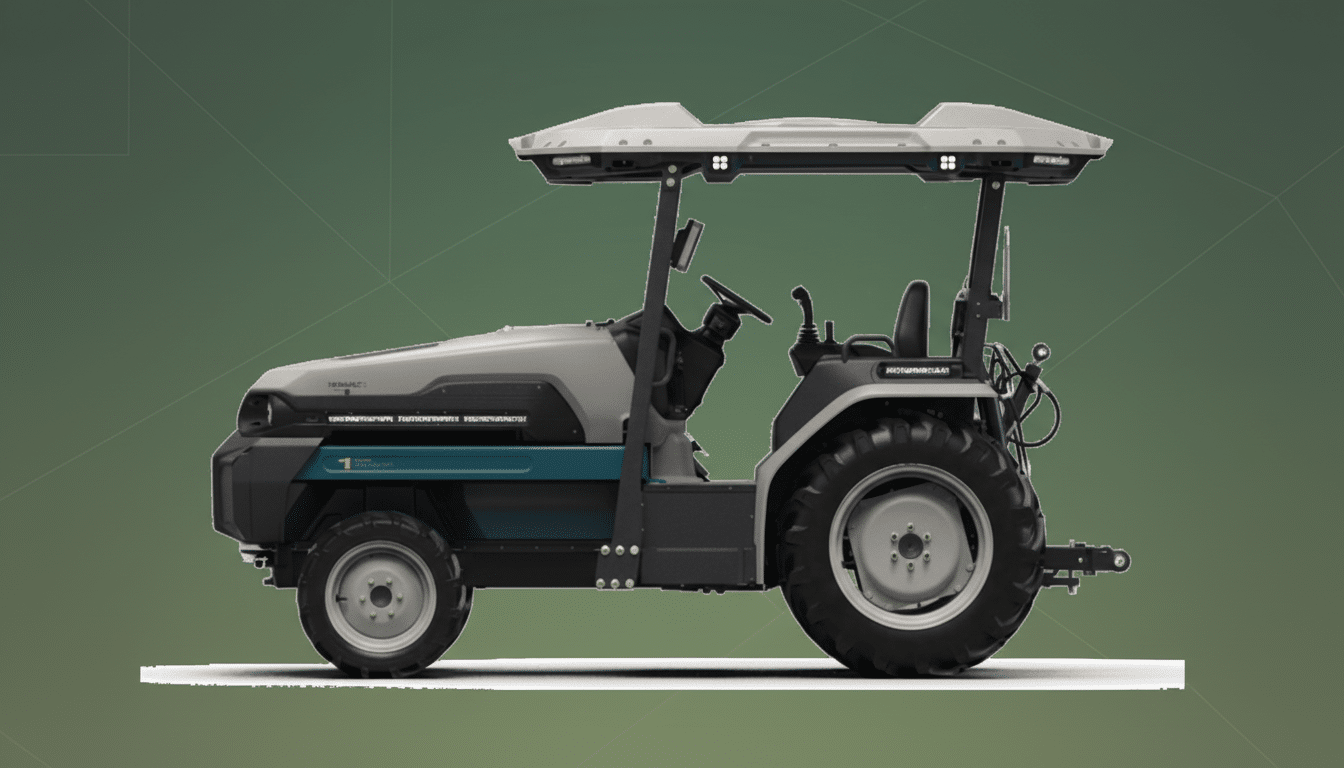The California startup Monarch Tractor, which makes a driver-optional electric tractor, has informed employees that it is planning layoffs and may close as it accelerates plans to move from manufacturing to software. In a staff memo, the company said it could cut as many as 102 jobs as it races to lock down a revised business plan focused on selling autonomy as a software service and licensing its technology to existing equipment makers.
Layoffs and a last-minute pivot as Monarch shifts to software
The internal notice paints the restructuring as a timing issue: Monarch wants to shift back to SaaS and licensing, but there’s not enough time in the transition window for the company not to run out of runway.

The proposed cuts would come after an initial downsizing late in 2024, when Monarch reduced headcount by more than 10% from a workforce of about 300 as it broadened use cases beyond vineyards to include duties such as dairy feed pushing and golf course maintenance.
Monarch has raised at least $220 million since its founding in 2018, $133 million of which came this year, and says it has sent out roughly 500 tractors to date. But the economics of producing a full tractor platform are brutal for small startups. And Monarch’s contract manufacturer, Foxconn, cut its ties with the company earlier this year, compounding those issues, taking a major part of its scaling strategy out from under it and prompting Monarch to reevaluate its capital-intensive hardware play.
The memo paints a roadmap in which Monarch customers and original equipment manufacturers could roll out fully commercialized autonomy features in subscription form, positioning the startup’s tech as an add-on layer instead of a rival tractor brand. That falls in line with a larger industry trend in AgTech and autonomy: when markets get tight, software and licensing models tend to survive longer than asset-heavy production.
From hardware hope to software bet amid autonomy focus
Monarch’s original pitch was an electric, AI-equipped tractor that could drive itself (or not) in the vineyard or orchard. This would have delivered productivity gains and lower emissions. Electrification can also significantly lower fuel and maintenance expenses in low-speed, repetitive applications like specialty crop farming, and being able to work autonomously during off-peak periods is an attractive match for specialty crops. But creating a whole tractor platform involves expensive tooling, certification, and field support networks that incumbents typically have mastered.
Giving OEMs licensing freedom might even skirt those obstacles. Existing manufacturers, after all, already have dealer networks and parts pipelines that startups have difficulty replicating. Industry patterns support the reasoning: big players have added such stacks through acquisition or integration, not by redeveloping them in-house (think of Deere’s purchase of Blue River Technology and subsequent expansion of its autonomy suite). For Monarch, which could benefit from brand partnerships in return for its software brains being implanted into other companies’ machines, this could open up distribution and slow the burn rate.

Still, execution is everything. It is difficult to move from selling tractors to selling autonomy, needing validation across multiple platforms, reliable data pipelines, and a strong safety case. It also recasts the timing of its revenue—from one-time equipment sales to subscriptions—at a time when capital markets are unforgiving. AgFunder and other industry trackers have observed a recalibration of agrifoodtech investment over the past two years, adding pressure on startups to demonstrate near-term unit economics.
Impact on farmers and the broader AgTech landscape
For those growers who already own Monarch tractors, the burning questions are service support post-sale, parts supply, and continued software maintenance. When there are 500 or so grape harvesters in the field at any time, even a temporary cessation of production or workforce availability becomes potential maintenance downtime during crucial harvesting and pruning seasons. In the past, farm operators have leaned toward suppliers with strong dealer coverage; perceived dealer weakness can sway purchasing decisions in years to follow.
The potential pivot highlights the strategic fork that many robotics startups today must confront: hardware OEM and tight control over the product, or deep partnerships with incumbents and focus on the autonomy layer. Autonomous trucking and robotaxi businesses faced the same decision-making, with many shutting down or offloading their IP as funding cycles’ wheels turned. Agriculture might be a better-suited application for autonomy than urban driving—fields are more structured and speeds are lower—but the business model still has to hold up under long procurement cycles and seasonal demand.
Leadership changes at Monarch Tractor, and next steps ahead
Monarch has seen leadership change at the top. Co-founder Mark Schwager, an early executive who had previously worked on standing up Tesla’s first gigafactory, took a step back this year from his day-to-day duties while remaining on the board. CEO Praveen Penmetsa has promoted the software-first strategy since a restructuring last year, pitching autonomy subscriptions and licensing as a means to scale beyond specialty crops.
The company did not immediately release more information about total workforce numbers or the timing of its decision. If the layoffs go forward, mandatory notices to state labor agencies will likely follow. Concurrently, Monarch will look to court OEM partners and other strategic alternatives such as pursuing licensing arrangements or asset sales in order to support the company’s autonomy roadmap.
In the meantime, employees and customers are preparing themselves for some clarity. Whether Monarch blossoms into a slim autonomy provider or stumbles away to nothingness will depend on how well it can turn interest from equipment makers into signed deals, and quickly enough so the gap wrought by the manufacturing reset can be bridged.

